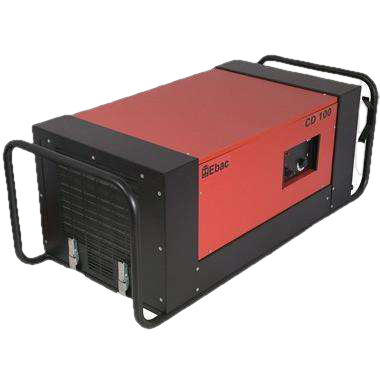
Crawl Space
Any homeowner who has a crawl space in their home knows how putrid and unpleasant they can become over time. They typically become quite moist and humid, which can cause a lot more problems than the already serious issues of mold and mildew growth. Damp, dark areas are perfect breeding grounds for pests such as dust mites, termites, carpenter ants, and even spiders, snakes, cockroaches, and rats. Leaving a damp crawl space unattended is a recipe for disaster; these dehumidifiers are specially constructed for drying out a crawl space.
Choosing a crawl space dehumidifier isn't an intuitive task. Basically, you need to consider the size of the area and decide on the necessary ACH you need - the Air Changes per Hour. To determine ACH, consider this:
Moderately Damp - Musty smell and/or damp to the touch when it is humid outside; 3 ACH
Very Damp - Musty smell and/or damp to the touch regardless of the weather; 4 ACH
Wet - You see leakage or mold/mildew growth; 5 ACH
Very Wet - Standing water: 6 ACH
Dehumidifiers are classified by CFM, or Cubic Feet per Minute, which is a measure of airflow. Once you've determined the ACH you need, multiply the ACH by the number of cubic feet in your crawl space. Then, divide by 60 to come to the CFM.
Another acronym you might see is PPD, which is Pints Per Day of water removed. This ranges from around a dozen for a small and lightly damp area to around 50 for a large and wet area. For more information about what to look for in a dehumidifier, check out our Dehumidifier Buying Guide.













